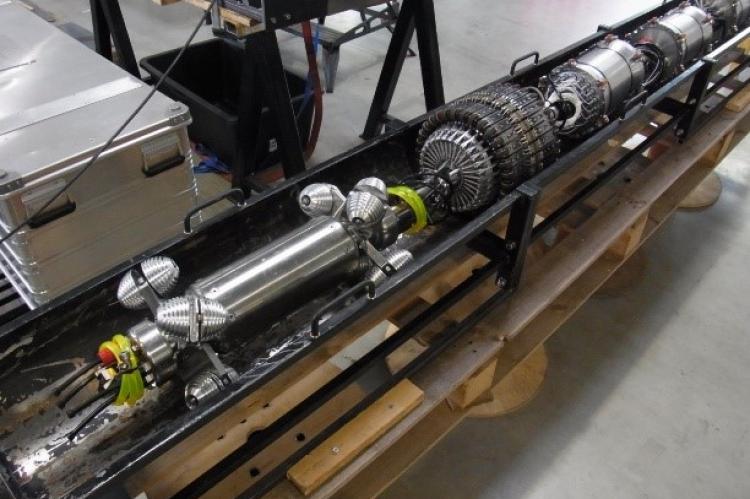Inspection of Challenging Pipelines - Latest Developments + Case Studies

Pipeline inspection using intelligent pigs is currently the safest and most reliable way to detect relevant defects, to plan repairs and maintenance and to calculate the pipeline lifetime.
However, there are still many pipeline systems on- and offshore which were never designed and built for conventional ILI tools and modifications would be extremely expensive.
For that reason, some vendors have developed tools which do not need 2 traps for launching and receiving, are more flexible in passing installations, tight bends and multi diameter and even provide their own propulsion unit.
KTN AS, Bergen, Norway, has developed during the last 15 years a flexible tool platform for tethered, bidi, self-driven inspection tool for challenging pipelines which can combine technologies for measurement of the pipeline geometry (dents, ovalities, roofing etc.), wall thickness / corrosion / laminations, crack detection and precise crack sizing. Technologies used are piezo UT pulse echo vertical beam and angular beam, phased array and TOFD, all for one phase liquid lines, high resolution camera for all clear media, grinding machine and SLOFEC®, an eddy current based technology for dry and multi -phase lines even with thick internal coating as for example cement lining.
The paper introduces shortly the different technologies with the corresponding specifications and then focus on
2 case studies:
- A 42” oil loading line with a problem in their long seam welds (axial cracking) was successfully inspected for geometry, wall thickness / corrosion and cracking in one single run.
- A 10” gas line with corrosion problems (2a) and pipelines with thick internal coating (2b)≥ were inspected with the new SLOFEC® tool in a dry atmosphere.
In the paper the inspection concept and the setup of the new tool are described. Results from the qualification tests as well as from the inspection runs performed with the new tool will be presented.
